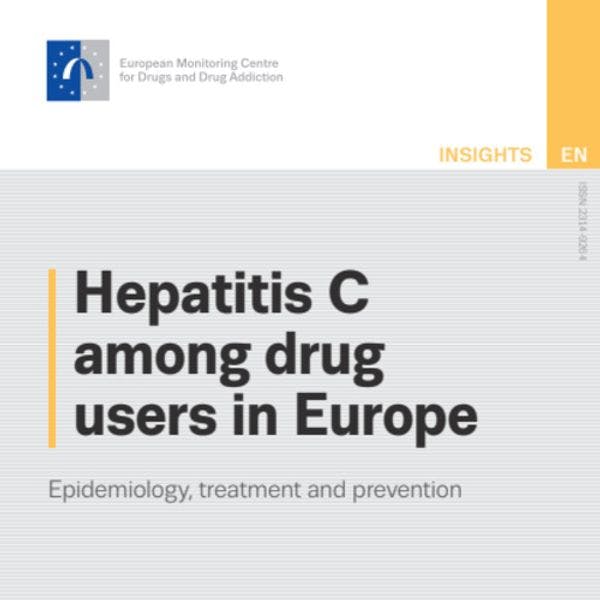Hepatitis C among drug users in Europe: Epidemiology, treatment and prevention
Hepatitis C is a disease of the liver caused by the hepatitis C virus (HCV), which if not resolved can lead to chronic liver disease, cirrhosis and cancer. The disease, which affects many millions of people worldwide, is communicable and is spread by contact with infected blood or other bodily fluids. In Europe, the key risk group for HCV infection is people who inject drugs. High rates of HCV infection are commonly found in this group and people with an injecting history, however brief, as well as current injection drug users, are still unaware of their infection status. There are now new opportunities for effective treatment and prevention that, if scaled up sufficiently in Europe, could contribute to a significant reduction in the health harms associated with this disease.
This Insights publication provides both practitioners and policymakers with an analysis of the current epidemiology, harm reduction and treatment measures in relation to HCV infection in Europe. It also covers the barriers to treatment and examples of treatment scale-up and services organisation. Specifically, it provides an up-to-date overview of the new antiviral treatments that have become more available since 2014 and a review of HCV treatment initiatives in Europe. Finally, it presents and discusses modelling projections on the combined effects and synergies of different harm reduction interventions, and examines where improvements in data availability are needed to better inform policy and practice in this area.
Keep up-to-date with drug policy developments by subscribing to the IDPC Monthly Alert.
Downloads
Related Profiles
- European Monitoring Centre on Drugs and Drug Addiction (EMCDDA)
